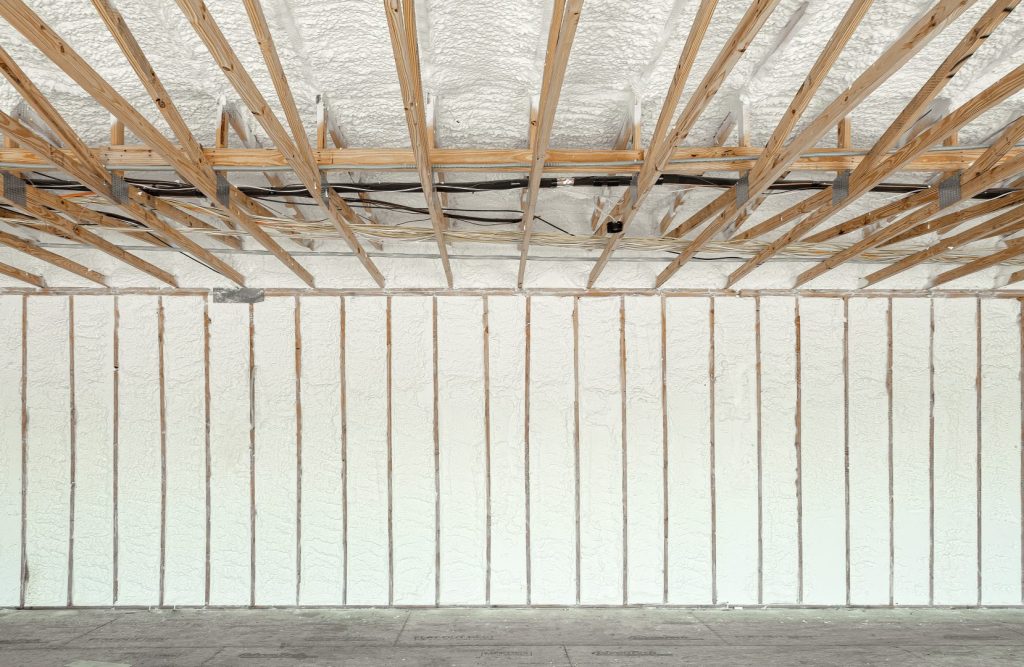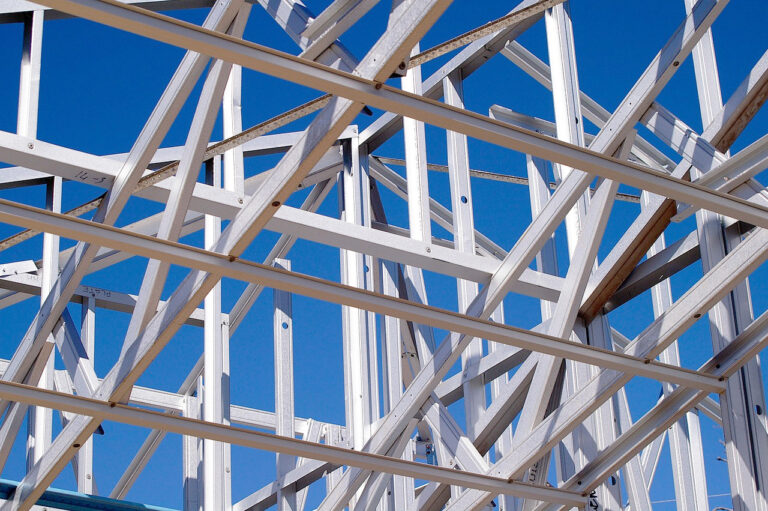The Lifetime ROI of EnviroSeal Insulation vs. Traditional Insulation

When most people think about improving their home’s Return on Investment (ROI), they imagine big projects—kitchen remodels, new flooring, or an added bedroom. But one of the most impactful upgrades you can make is hidden behind the walls: your insulation.
What ROI Means in a Home
In real estate, ROI—Return on Investment—measures how much financial gain you get compared to what you spend:
ROI Formula:
(Investment Gain – Investment Cost) ÷ Investment Cost
In a home, ROI isn’t just about resale—it’s about how each feature impacts ongoing costs and overall value. Insulation directly affects:
- Monthly energy bills
- Comfort and indoor climate control
- Long-term maintenance costs
- Home resale value
Over time, insulation either puts money back in your pocket—or quietly drains it away.
Traditional Insulation: Lower Upfront Cost, Higher Lifetime Cost
Fiberglass and cellulose are the most common traditional insulation material types. They’re budget-friendly at the start, but that’s where the advantage ends. These materials:
- Do not block air movement, causing uncomfortable drafts and energy loss
- Break down faster, reducing effectiveness over time
- Require more material to achieve the same thermal resistance as the air-impermeable EnviroSeal insulation
- Underperform in extreme weather or high-moisture environments
The Trade-off: You save a bit at installation, but pay more every month in energy bills.
EnviroSeal Insulation: The Lifestyle Upgrade That Pays for Itself
EnviroSeal isn’t just insulation—it’s a dual-action solution that both insulates and seals. Upon application, it expands to fill every crack, joint, and gap, creating a continuous barrier that stops air leakage.
Why this matters:
- Traditional insulation slows heat transfer, but still allows air to leak around outlets, windows, and ductwork.
- EnviroSeal insulation eliminates air loss, keeping conditioned air in and outdoor air out.
Real-World Impact for Homeowners
- Lower heating and cooling costs (20–50% monthly savings)
- More consistent and comfortable indoor temperatures
- Reduced wear and tear on HVAC systems
- Lower carbon footprint
For many homeowners, this means $1,000–$2,500 in annual savings—adding up to tens of thousands of dollars over 10–20 years.
Set It and Forget It: Low Maintenance, High Durability
EnviroSeal insulation isn’t just high-performance—it’s built to last. Once installed, it becomes a part of your home’s envelope, maintaining its effectiveness for 80 to 100 years without settling, shifting, sagging, compressing or breaking down. In contrast, fiberglass and cellulose can degrade when exposed to moisture, will compact over time, and can be disturbed by pests—leading to cold drafts, uneven temperatures, and eventual replacement costs. With EnviroSeal, insulation is typically a once-in-a-lifetime investment for your home.
Resale Value: Energy Efficiency Sells
While homebuyers may not always ask what’s behind the walls, they’re increasingly paying attention to a property’s energy performance. New DOE and EPA backed programs, like Pearl Certification, provide a nationally recognized standard for rating and certifying home performance. It helps homeowners improve, manage, and showcase the value of their homes through verified upgrades in energy efficiency, comfort, and sustainability. Pearl makes energy-efficient upgrades visible and valuable in real estate transactions, helping homeowners gain equity. In today’s market, where utility costs and sustainability matter more than ever, spray foam can give your home a hidden advantage.
How Spray Foam Boosts Resale Value:
- Faster Sales: Energy-efficient homes often move quicker because they appeal to budget-conscious buyers.
- Higher Selling Prices: Lower monthly bills and improved comfort can justify a higher asking price.
- Eco Appeal: Many buyers actively seek homes with sustainable features, and spray foam’s efficiency makes it a strong selling point.
Even if you’re not planning to sell soon, upgrading your insulation now ensures that when the time comes, your home will stand out in a competitive market—offering prospective buyers a tangible value they can’t see, but will absolutely appreciate.
Savings Snapshot: What the ROI of EnviroSeal Looks Like Over Time
| Monthly Energy Bill | Avg. % Savings | Annual Savings | 10-Year Total | 20-Year Total | 30-Year Total |
| $150 | 35% | $630 | $6,300 | $12,600 | $18,900 |
| $200 | 35% | $840 | $8,400 | $16,800 | $25,200 |
| $250 | 35% | $1,050 | $10,500 | $21,000 | $31,500 |
| $300 | 35% | $1,260 | $12,600 | $25,200 | $37,800 |
The Bottom Line
EnviroSeal insulation is more than just an upgrade—it’s a smart investment that delivers returns in comfort, durability, energy savings, and resale value. While the inital cost may be higher, the lifetime ROI makes it one of the most cost-effective home improvements you can make.
Invest once and save for decades, with a more comfortable home.
Sources
- Building Science Corporation. (2010). High R-value enclosures for all climates (BA-1005). U.S. Department of Energy, Building America Program. Retrieved August 8, 2025, from https://buildingscience.com/documents/bareports/ba-1005-building-america-high-r-value-high-performance-residential-buildings-all-climate-zones/view
- ENERGY STAR. (2005). Air sealing your home (Air Sealing Fact Sheet). U.S. Environmental Protection Agency & U.S. Department of Energy. Retrieved August 8, 2025, from https://www.energystar.gov/ia/home_improvement/home_sealing/AirSealingFS_2005.pdf
- National Association of Realtors. (2023). 2023 profile of home buyers and sellers. National Association of Realtors Research Group. Retrieved August 8, 2025, from https://www.slideshare.net/slideshow/2023-nar-profile-of-home-buyers-and-sellers/266923934
- U.S. Department of Energy. (n.d.). Insulation. Office of Energy Efficiency & Renewable Energy. Retrieved August 8, 2025, from https://www.energy.gov/energysaver/insulation
- U.S. Environmental Protection Agency. (2023, September 28). Mold and your home. U.S. Environmental Protection Agency. Retrieved August 8, 2025, from https://www.epa.gov/mold/mold-and-your-home
- Pearl Certification. (2025). The standard in home performance rating. https://pearlcertification.com/


